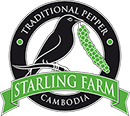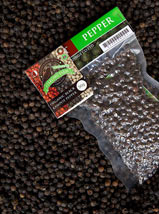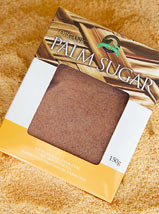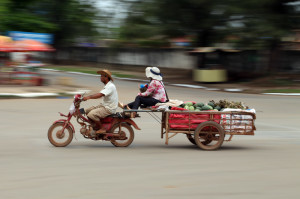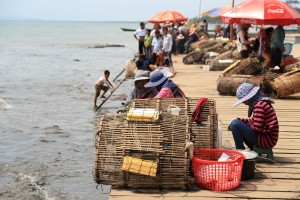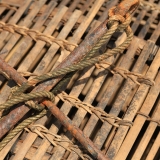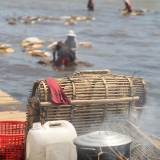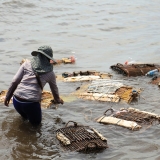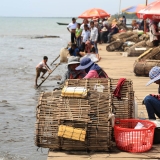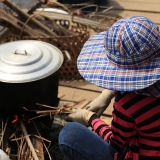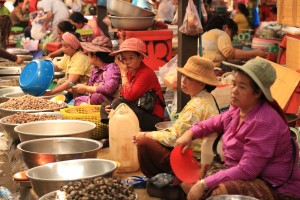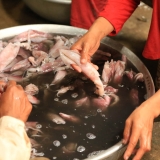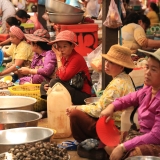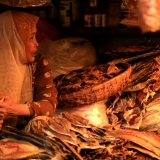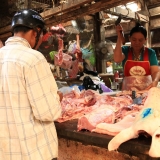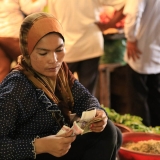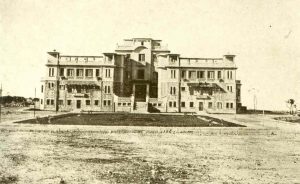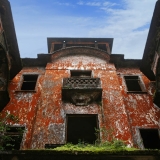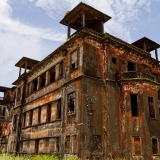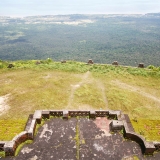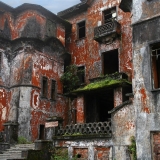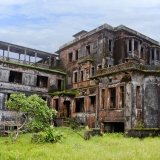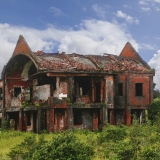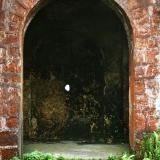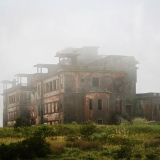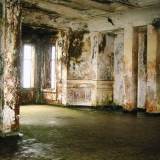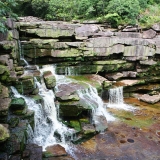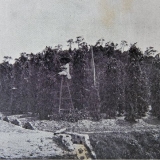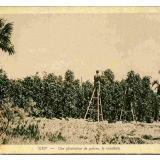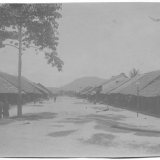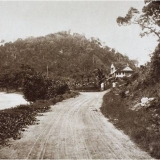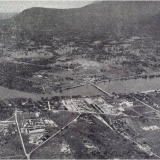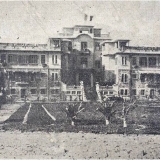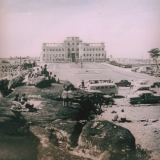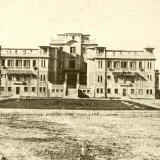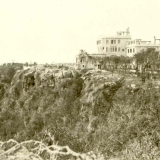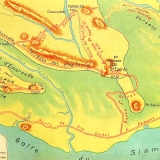A Journey To Kampot
Kampot is a southwestern, coastal province of Cambodia, near the border with Vietnam and the Mekong Delta. The region is largely flat and cultivated with rice paddy like much of Cambodia’s agricultural provinces, but Kampot is dotted with rich limestone outcrops and the combination of these and the fresh sea air have given rise to a very fertile area of land between the mountains spanning Kampot to Kampong Trach, and surrounding the quaint seaside town of Kep. It turns out that this fertile soil and geographically unique microclimate in the region is perfect for growing extraordinary pepper, which goes to earn it’s GI (Global Indication) status.
Local transport in Kampot town.
KEP, THE LOCAL SEASIDE TOWN
The small, sleepy coastal town of Kep lies just 22km from Starling Farm, yet sits around a small mountain in it’s own isolated province, a namesake of itself completely surrounded by the larger Kampot. Kep is famous for it’s seafood, with it’s mud crab being a highly sought after delicacy – especially when combined with the local fresh green Kampot Pepper for a dish with a delicious kick. Crab is not the only thing on the menu, with prawns, squid, snapper and barracuda making a regular appearance in the seafood orientated “Crab Market”.
As well as being a source of local seafood, Kep is a favourite with tourists, local and expat weekend visitors looking to get away from Phnom Penh, and for international travellers, a visit to Starling Farm ticks the box for a pepper farm tour.
Kep was founded by the French colonialists in 1908 and was all but abandoned in the 1970’s until safety in the country brought a resurgence of tourism and travellers and residents of Cambodia started making weekend trips to the seaside town once again.
Keeping the crabs fresh in Kep.
THE MARKET – KAMPOT TOWN
We live from our local markets, they are an integral part of the ecosystem in provincial Cambodia. Early to rise for the best quality fruits, vegetables, meats and seafood – all produced fresh and locally and is the destination of some of our own Starling Farm produce – particularly during mango season.
The market is primarily focused on life essentials – food and household goods, with some clothing, tools and motorbike parts in different sections of what at first appears to be chaos. Maouvering around bowls of still flapping fish the bustling market gives you the best access to the local farm and fishing produce.
You will be lucky however to come across any high grade Kampot Pepper in the market, as the highly prized authentic pepper doesn’t make it to market stalls in great quantity – due to the international demand and the limited supply and labour intensive production.
Local produce in Kampot market.
THE STORY OF BOKOR MOUNTAIN
Lying 32km outside of Kampot town, the region’s key geological feature is Bokor Mountain, a misty plateu 1,100 metres above sea level with it’s own microclimate up in the cooler clouds.
This microclimate led the French colonialists to develop a small resort town atop the mountain in the 1920s as an escape from the heat and humidity at ground level. Bokor Hill Station as it was known flourished and brought more attention to the Kampot region – and it’s spectacular black peppercorns. As wealthy French tourists and dignitaries visited the region and the small town atop the mountain stories went back to Europe of the fine cuisine and had a large part to play in the promotion of Kampot pepper in the . The French built a hotel, casino, church, post office, and other necessities like a water tower – which still stands to this day, not far off a century later.
Old Photograph of Bokor Hill Station Hotel & Casino in French Colonial 1920s.
Old French Colonial Buildings at Bokor Mountain
HISTORICAL IMAGES OF KAMPOT
The Kampot region of Cambodia has a rich history throughout the Khmer Empire, French colonialism, and later the conflicts that dominated throughout the late twentieth century.
